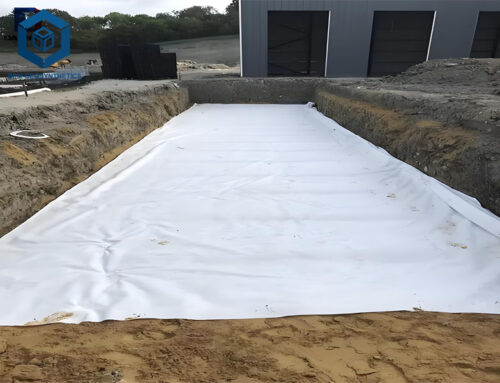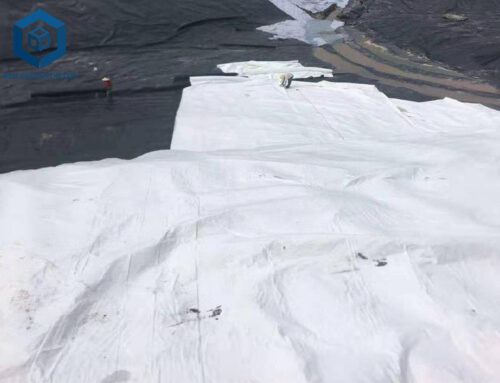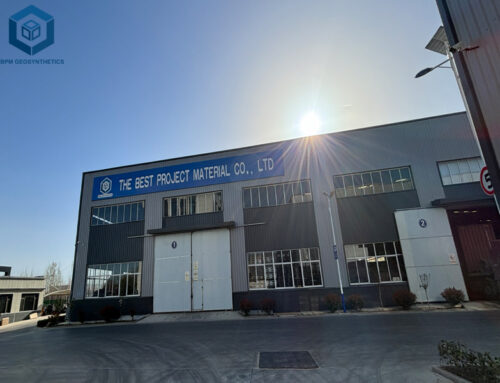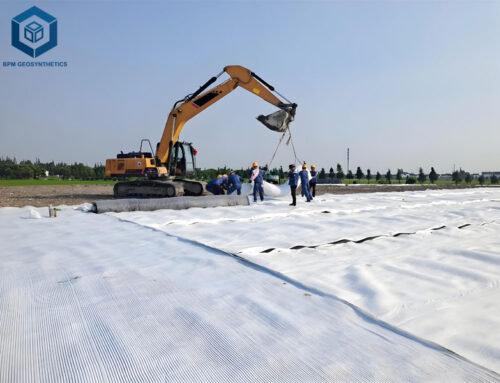Geotech fabric, commonly known as geotextiles, play a crucial role in modern civil engineering and construction projects, providing solutions for soil stabilization, erosion control, and filtration. Among the diverse range of geotextiles available, BPM Geotextile stands out as a leading brand, offering high-quality products designed to enhance the performance and longevity of infrastructure. Whether it’s reinforcing roads, securing landfills, or managing water flow, BPM Geotextile’s innovative materials ensure optimal results in various geotechnical applications.
1. What ls Geotech Fabric?
Geotech fabric, also known as geotextile, is widely used in various fields. It’s a synthetic material made from polypropylene, polyester, or polyethylene. It aims to solve soil-related problems in different applications. The fabric comes in woven, non-woven, and knitted forms for specific functions. Geotextiles are used for separation, filtration, reinforcement, drainage, and erosion control. They enhance project durability, stability, and efficiency.
Types of Geotech Fabrics
- Woven Geotextiles: These fabrics are made by weaving individual fibers together to form a strong, stable mesh. Woven geotextiles are typically used for applications requiring high tensile strength, such as in road construction or as reinforcement in soil stabilization projects.
- Non-Woven Geotextiles: These fabrics are made by bonding fibers together using heat, chemicals, or pressure, rather than weaving them. Non-woven geotextiles tend to be more flexible and porous, making them ideal for filtration and drainage applications. They are commonly used in projects like landfills, drainage systems, and erosion control.
- Knitted Geotextiles: This type of fabric is made by interlocking loops of fibers, offering a balance between strength and flexibility. They are typically used in specialized applications where a combination of filtration, reinforcement, and drainage is required.
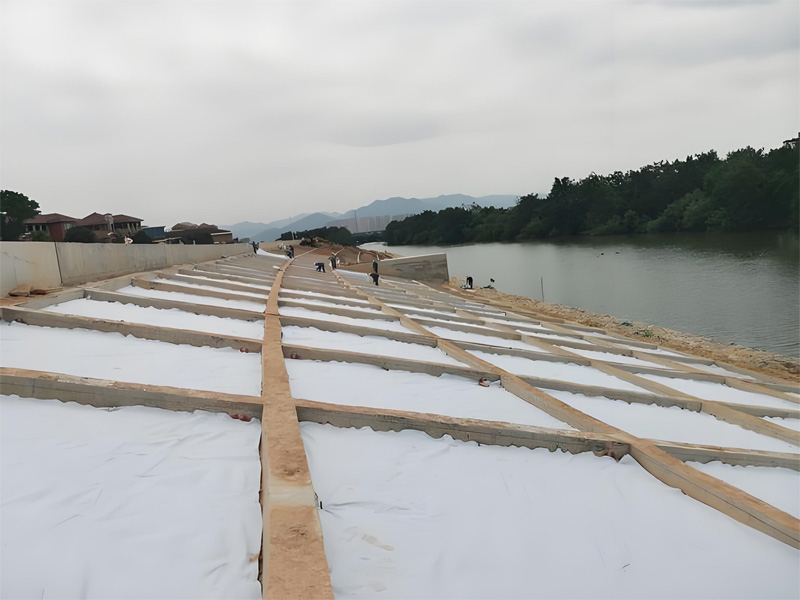
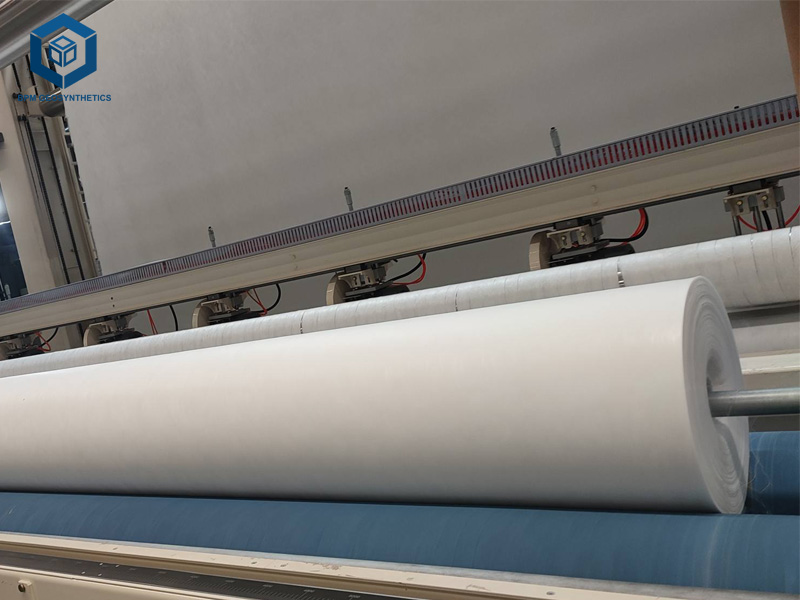
2. What Advantages of Geotech Fabric?
Geotextile fabrics offer a wide range of advantages that make them indispensable in construction, civil engineering, and environmental applications. Their versatile properties contribute to the durability, efficiency, and stability of infrastructure projects. Here are some key advantages of using geotech fabric:
2.1 Geotech Fabric – Improved Soil Stability
- Reinforcement: Geotextiles help reinforce weak or unstable soil, enhancing its load-bearing capacity. This is especially useful in areas where the soil is not strong enough to support heavy loads, such as road construction, embankments, or retaining walls.
- Prevents Soil Movement: By acting as a stabilizing agent, geotextiles prevent soil particles from shifting, which can reduce the risk of settlement, deformation, or subsidence in construction projects.
2.2 Geotech Fabric – Improved Drainage and Filtration
- Water Flow Management: Geotextiles are highly effective in improving drainage by allowing water to pass through while preventing soil from moving with it. This filtration capacity is crucial in managing groundwater, surface water, or stormwater.
- Prevents Clogging: The permeability of geotextile fabrics ensures that drainage systems remain unclogged, maintaining efficient water flow over time. They are commonly used in French drains, foundation drains, and roadways to prevent water accumulation that could weaken structures.
2.3 Geotech Fabric – Separation of Materials
- Layer Integrity: Geotextiles are often used to separate different layers of materials in construction, such as gravel, sand, and soil. For example, in road construction, they prevent the mixing of subgrade soil and aggregate base, ensuring that each layer performs its intended function without compromising the overall structure.
- Enhanced Performance: By preventing materials from intermingling, geotextiles ensure that each layer maintains its intended characteristics, such as strength, permeability, and stability.
2.4 Geotech Fabric – Cost-Effectiveness
- Reduces Material Costs: The use of geotextiles can reduce the amount of other construction materials (like aggregate) needed, as they improve the performance of the soil and other materials. This can lead to overall cost savings in large-scale projects.
- Minimizes Maintenance Costs: Geotextiles extend the lifespan of infrastructure by improving drainage, preventing erosion, and reinforcing soil, which can reduce the need for costly repairs and maintenance.
2.5 Geotech Fabric – Easy Installation
- Quick and Simple Application: Geotextiles are lightweight, flexible, and easy to handle, making them relatively simple to install. This reduces labor costs and construction time.
- Adaptable to Various Conditions: They can be used in a wide variety of conditions, including challenging terrains, wet environments, or areas with weak soil. Their adaptability makes them suitable for diverse projects, from road construction to coastal protection.
2.6 Geotech Fabric – Environmental Benefits
- Sustainable Solutions: Geotextiles help manage environmental challenges such as soil erosion, water contamination, and poor drainage. By stabilizing soil and promoting effective water management, they contribute to sustainable development practices.
- Recyclability: Some geotextiles, particularly those made from synthetic materials like polypropylene or polyester, can be recycled, reducing the environmental impact of construction waste.
2.7 Geotech Fabric – Durability and Longevity
- Weather Resistance: Geotextiles are resistant to various environmental factors such as UV radiation, temperature fluctuations, and moisture. This durability ensures that they can withstand the test of time, even in harsh weather conditions.
- Resistance to Biological Degradation: Unlike organic materials, geotextiles do not decompose over time, making them a long-lasting solution for soil stabilization and erosion control.
2.8 Geotech Fabric – Safety and Environmental Protection
- Flood Prevention: By improving drainage and reducing soil erosion, geotextiles can help prevent flooding in areas prone to waterlogging. They are often used in flood mitigation projects, such as levees or embankments.
- Groundwater Protection: Geotextiles used in landfill liners or waste containment systems help prevent the contamination of groundwater by filtering harmful substances and keeping hazardous materials contained.
3. Applications of Geotech Geotextile Fabrics
Geotech Geotextile fabrics are employed in a variety of sectors, including road construction, landscaping, landfill management, coastal engineering, and agricultural projects.
3.1 Erosion Control
- Slope Stabilization: Geotextile fabrics are extensively used to prevent erosion on steep slopes, hillsides, and embankments. By providing a stable surface for vegetation growth or simply retaining the soil in place, geotextiles help reduce the loss of soil due to wind and water erosion.
- Riverbank and Coastal Protection: In riverbanks, shorelines, and coastal areas prone to erosion, geotextiles are employed to stabilize the soil and prevent erosion caused by flowing water or waves. They are often used in combination with riprap, vegetation, or other erosion-control techniques.
- Vegetation Support: Geotextiles are used to encourage vegetation growth, creating a protective layer that allows plants to establish themselves while holding the soil together and preventing erosion.
3.2 Landfills and Waste Containment
- Liners and Covers: In landfill construction, geotextiles are used as liners and covers to prevent contamination of groundwater by harmful chemicals or leachate. Geotextile fabrics serve as a protective barrier, ensuring that hazardous materials are contained within the landfill.
- Leachate Collection Systems: Geotextiles play an important role in leachate collection and drainage systems in landfills. They help filter and direct the flow of leachate to drainage pipes or treatment systems, preventing it from escaping into the surrounding environment.
3.3 Drainage Systems
- Subsurface Drainage: Geotextiles are commonly used in French drains, perforated pipes, or subsurface drainage systems to prevent clogging by soil particles. The fabric filters water while allowing it to flow freely through the drainage system, ensuring proper water management.
- Land Drainage: Geotextiles are used to improve drainage in agricultural fields, sports fields, or golf courses. The fabric helps water flow through the soil while preventing the mixing of soil and water, maintaining the integrity of the ground.
- Stormwater Management: In urban settings, geotextiles are employed in stormwater management systems, such as stormwater detention ponds or bio-swales, to filter and manage water runoff efficiently.
3.4 Coastal and Shoreline Protection
- Coastal Reclamation: Geotextiles are frequently used in coastal engineering projects, such as beach nourishment or coastal reclamation, to protect shorelines from erosion caused by waves, storms, and rising sea levels.
- Dune and Beach Protection: In areas where natural sand dunes or beaches are at risk of erosion, geotextiles can be used to reinforce these features, holding sand in place and preventing it from being washed away.
- Floating Breakwaters: Geotextiles can be used in floating breakwaters, which help protect shorelines by absorbing wave energy and reducing the impact of tides and storms.
3.5 Agriculture and Horticulture
- Ground Cover: Geotextile fabrics can be used as ground cover to prevent weed growth while allowing water and air to reach the soil beneath. They are particularly useful in controlling weeds in orchards, vineyards, and other agricultural settings.
- Drainage Systems for Crops: In areas with poor drainage, geotextiles are used to create efficient drainage systems that prevent waterlogging of soil, ensuring optimal conditions for plant growth.
3.6 Railway Construction
- Track Bed Stabilization: Geotextiles are used beneath railway tracks to stabilize the track bed and prevent the migration of soil into the track ballast. This helps maintain the stability and longevity of the railway system.
- Drainage of Track Bed: Geotextiles are used in railway construction to facilitate water drainage, preventing water from accumulating under the tracks and weakening the foundation. This reduces the risk of track failure or uneven settlement.
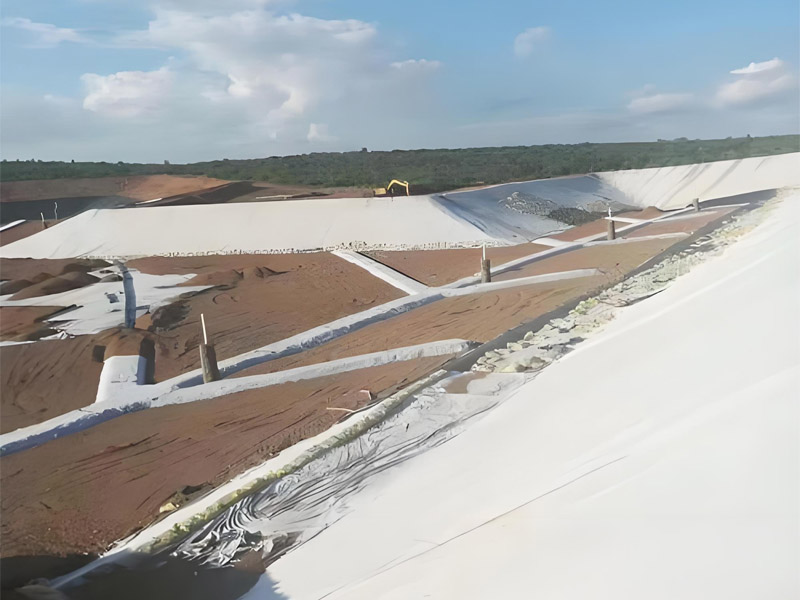
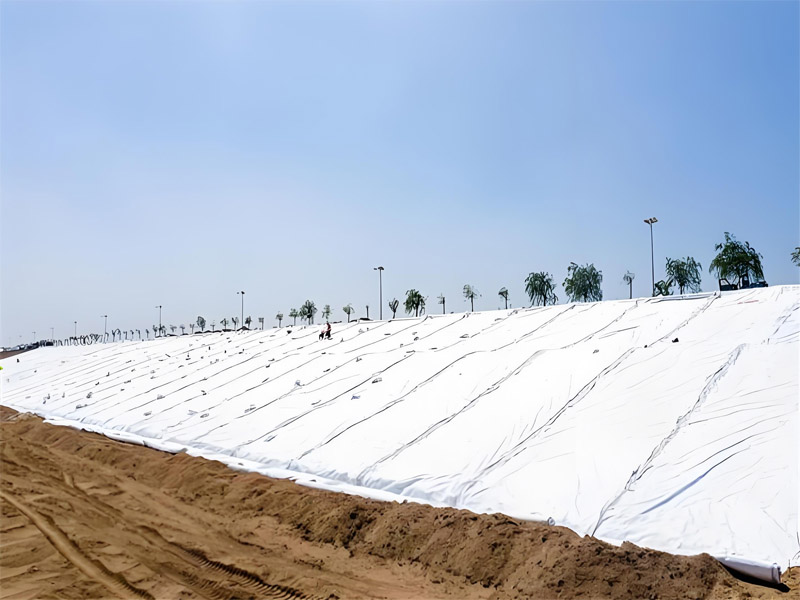
4. How To Choose Geotech Fabric?
Selecting the right geotechnical fabric is vital for construction or civil engineering success. The myriad of options available can make this choice seem daunting. Consider project-specific needs, soil type, and environmental factors to make an informed decision. Turning to a trusted manufacturer like BPM Geotextile ensures access to high-quality fabrics. These products are designed to meet a diverse range of project requirements.
5. Summary
Geotech fabrics play a pivotal role in modern construction, infrastructure, and environmental management. Their versatility enables application across various domains, from road and pavement construction to erosion control, drainage, and environmental protection. Consequently, geotextiles offer durable and cost-effective solutions that enhance system performance and longevity.

